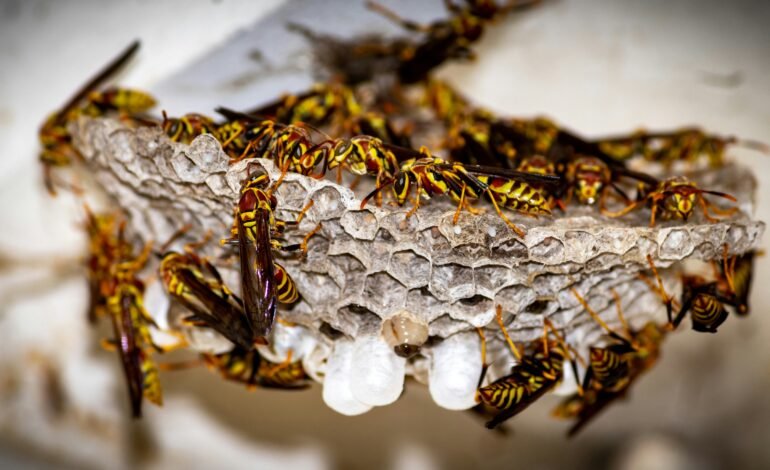Workers at the Savannah River Site, a former facility that produced nuclear weapons components during the Cold War, have discovered a radiation-contaminated wasp nest, the U.S. Department of Energy said.
The structure, located near a liquid waste tank, showed radiation levels 10 times higher than the maximum allowed by federal regulations, approximately 100,000 dpm per 100 cm², according to records. Employees sprayed the wasp nest with pesticide, removed it, and classified it as radiological waste. The surrounding area was inspected, and no additional contamination was detected.
The DOE clarified that this contamination corresponds to historical or "legacy" waste, and not a recent failure of the containment systems. Therefore, no leaks or additional risks were found.
The Savannah River Site Watch group questioned the lack of transparency in the report. Executive Director Tom Clements lamented the lack of information about the exact origin of the radioactive material and warned of the possibility of other contaminated nests:
“I'm as mad as a hornet that SRS didn't explain where the radioactive waste came from or if there is some kind of leak.”
“I'm as angry as a wasp because SRS didn't explain where the radioactive waste came from or if there was any kind of leak.”
The plant, built in the 1950s, produced weapons-grade plutonium and tritium. Since the 1980s, it has been dedicated to environmental remediation and nuclear waste management. It now operates on a cleanup and storage basis, with approximately 34 million gallons of liquid waste stored in underground tanks.
For more stories like this, follow More Latin.
Sources:

